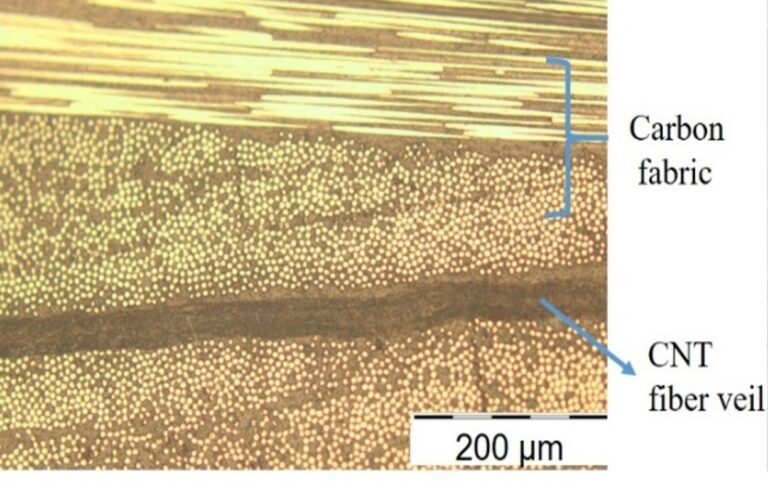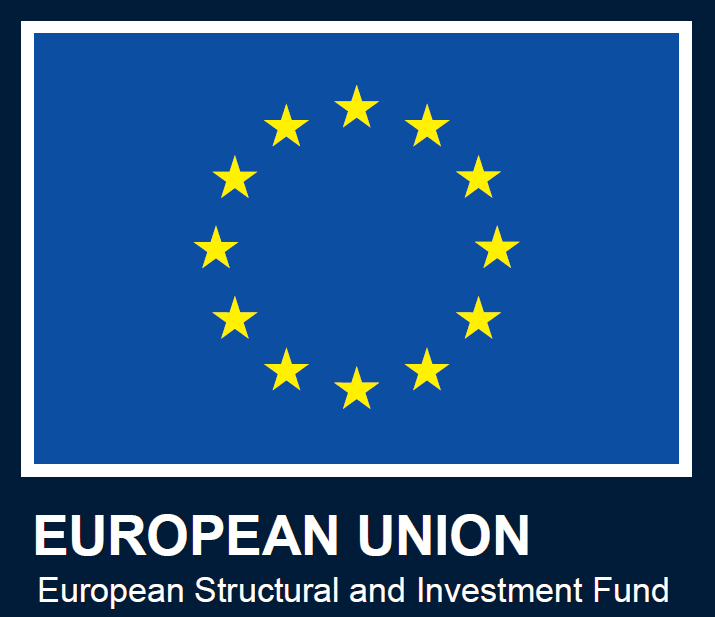The third area of research consists relates to the mechanics of nanostructured networks and their composites. Our work pursues the development of micromechanics models to describe the deformation mechanisms and damage tolerance in network materials. The group uses a range of techniques to study in-situ mechanical deformations, including Raman spectroscopy, 2D WAXS-SAXS and electron microscopy. These empirical data has so far been successfully combined with continuum mechanics models to describe the tensile properties of aligned nanostructured yarns. A distinctive feature of the group’s work is the ability to study from stress transfer in individual nanoparticles through nanomechanical testing, to the properties of large structural composites (Figure 3).


Figure 3. Examples of the multiscale analysis capabilities, ranging from nanomechanical tests on individual nanoparticles to study of large structural composite panels.
Selected references
C. Fernández-Toribio, B. Alemán, A. Ridruejo and J. J. Vilatela – Tensile properties of carbon nanotube fibres described by the fibrillar crystallite model. Carbon 133, 44-52, 2018. DOI: 10.1016/j.carbon.2018.03.006
Anastasiia Mikhalchan and Juan José Vilatela – A Perspective on High-performance CNT fibres for Structural Composites. Carbon 150, 191-215, 2019. DOI: 10.1016/j.carbon.2019.04.113


